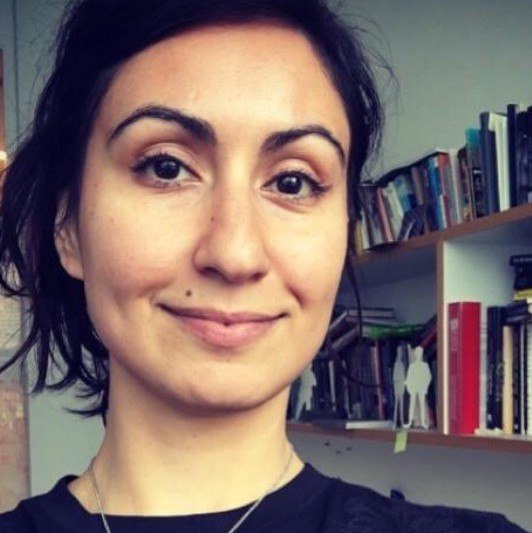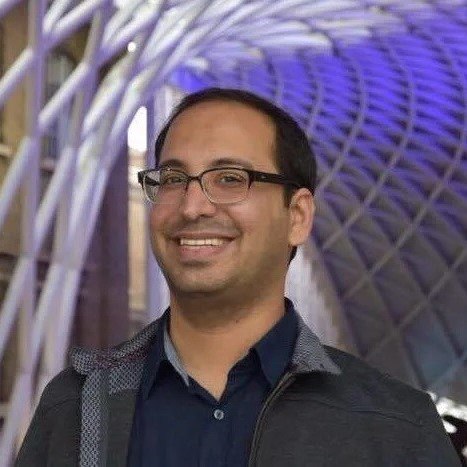Title
Mesoscale functional organization of macaque cortex
Bio
Short Bio Wim Vanduffel is the head of the research group Neurophysiology and of the Laboratory Neuro-and Psychophysiology at the Faculty of Medicine at the KU Leuven Belgium. In addition, he still holds an assistant professorship at Harvard Medical School, Boston, USA, and is affiliated as researcher at the Massachusetts General Hospital, Boston, USA. Wim Vanduffel studies visual perception and cognition in human and nonhuman primates He has pioneered awake behaving monkey fMRI techniques and used it to investigate functional correspondences between the human and macaque brain. By combining fMRI with state-of-the art causal techniques, his lab aims to study interactions between retinal and non-retinal internally-generated signals and the mechanisms driving adult cortical plasticity underlying perceptual learning. Lately, Vanduffel’s group engaged in developing novel very high resolution imaging methods to study the functional organization of the brain at mesoscale level.
Abstract
Recent progress in high-resolution non-invasive imaging in humans confirmed the existence of columnar structures known in the monkey. These fMRI experiments fueled the hope to identify mesoscale functional structures in largely unexplored cortical territories. Using implanted phased array coils and contrast-agent enhanced fMRI, we started to map the cortex of rhesus monkeys with 0.6 mm isotropic voxels covering the entire brain and with a large variety of visual stimuli. I will present novel unpublished data showing highly reliable mesoscopic functional units (MFUs) which are present in occipital, parietal, temporal and frontal cortex. I will argue that the fine-grained functional organization of primate neocortex is considerably more complex than suggested by currently prevailing parcellation models, based on electrophysiology, tractography and low-resolution fMRI evidence. The identification and the functional-anatomical characterization of the entire MFU alphabet will be key to understand vision and cognition.













